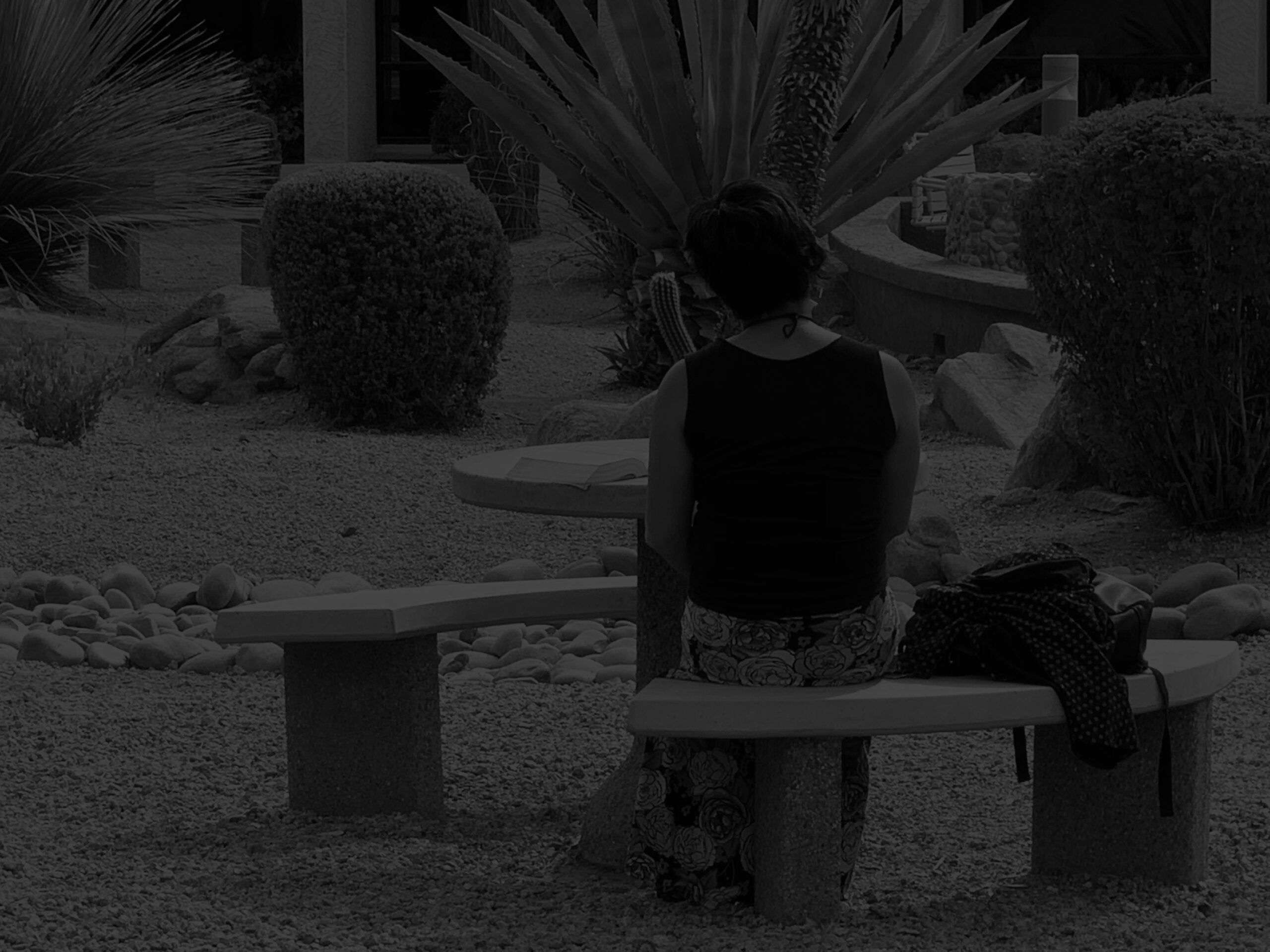Most of us were taught to pray a certain way, whether if it was as a child or if we came to know Christ later on in life. My guess is that you were probably taught to pray using words. So when we come to verses that are about being still with God, that might lead us to a place to ask the question “what do I do when I’m asked to be still?” And in that regard we’re here to offer just one spiritual practice that brings us to a place of rest silently, without words, in the presence of God.
With roots in the contemplative prayer of the Desert Fathers, centering prayer enacts the Lord’s instruction to “go to your inner room, close the door and pray to your Father in secret” (Matthew 6:6). It comes from the natural desire to be with God and set our attention on him.
Centering Prayer is a way to pray that prepares us to experience God’s presence within us.This practice of prayer is a place to rest with God. Centering Prayer is not meant to replace other kinds of prayer, but adds a depth of meaning to all prayer and helps move us into a receptive prayer of resting in God. This way of praying focuses on a personal relationship with God and as a movement beyond conversation with Christ to communion with Him.
The way of centering prayer seems simple, but that does not mean it is easy. The following are the steps for centering prayer and after that an extended description with some insights.
- Choose a centering word and consent to God’s presence and action within.
- Sitting comfortably and with eyes closed, take at least three deep breaths and gently acknowledge the centering word.
- When you find yourself having a thought (feeling, image, reflection or body sensation), gently return without judgment to the word you’ve chosen.
- At the end of the prayer period remain in silence with eyes closed for a time.
Choosing a word: If you’re just starting out practicing centering prayer choose a word to come back to when thoughts come to mind. The word can be anything, but sometimes a word like “peace” or “Jesus” can be a good place to start. Use the same word through the entire time. You can choose a different word at the beginning of the next time of prayer.
Thoughts during the time: Your thoughts will come and it might feel chaotic and noisy – that’s normal and expected!! You may find yourself distracted by sounds or a feeling in your body. Every time you have a thought or distraction come gently, silently, “say” the word you chose and release the thought. There will be a thousand thoughts and every time you come back to your centering word you choose to return to Jesus.
No judgment: Perhaps the most challenging part of praying in this way is releasing any kind of judgment. That is, judgment about the thoughts that come or how many times you say the word to return. Or judgment on performing the prayer one way or another, or even judging the judging thoughts. All is to be released.
Time: Traditionally, centering prayer is practiced for 20 minutes. However, if that seems overwhelming, feel free to begin with just a few minutes at a time and add a few minutes on after awhile.
“Contemplative prayer, in my opinion, is nothing else than a close sharing between friends; it means taking time frequently to be alone with him who we know loves us.” – St. Teresa of Ávila


